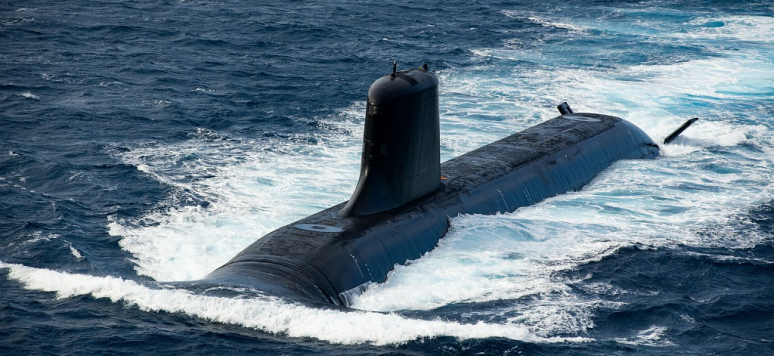Proliferation Papers - Naval Nuclear Propulsion: The Technical and Strategic Challenges of a Restricted Technology Proliferation Papers, No. 66, November 2023

The technical and operational capabilities of naval nuclear propulsion - discretion, power, autonomy and manoeuvrability - make this technology a strategic asset for nuclear deterrence.
As a result, while the priority of military nuclear research during the Second World War was assigned to nuclear weapons, the end of the conflict enabled scientifically advanced nations to rethink the usefulness of nuclear energy for propulsion purposes - and, first and foremost, the United States and the Union of Soviet Socialist Republics (USSR), motivated by the power rivalry inherent in the Cold War. This technique was gradually adopted by all nuclear-armed states, at the cost of numerous attempts and sometimes serious accidents, particularly in the USSR, stressing the importance of a culture of safety and security.
This historical lessons of the Cold War, in both technical and operational terms, are now fully relevant, while nuclear propulsion arouses the curiosity of new actors; India first, thanks to Soviet and then Russian support, but also Brazil, renewing its old interest in submarines. The AUKUS agreement, which provides for the sale and construction of nuclear attack submarines in Australia through a partnership with the United States and the United Kingdom, represents an even greater breakthrough in the development of nuclear propulsion in the 21st century, by enabling for the first time a non-nuclear weapon state to own nuclear powered submarines. The imperatives of safety, industrial rigour and non-proliferation argue in favour of maintaining a policy of non-exportation of this technology, and respect of the highest standards for countries already developing nuclear propulsion.
This report is available in French [1].
